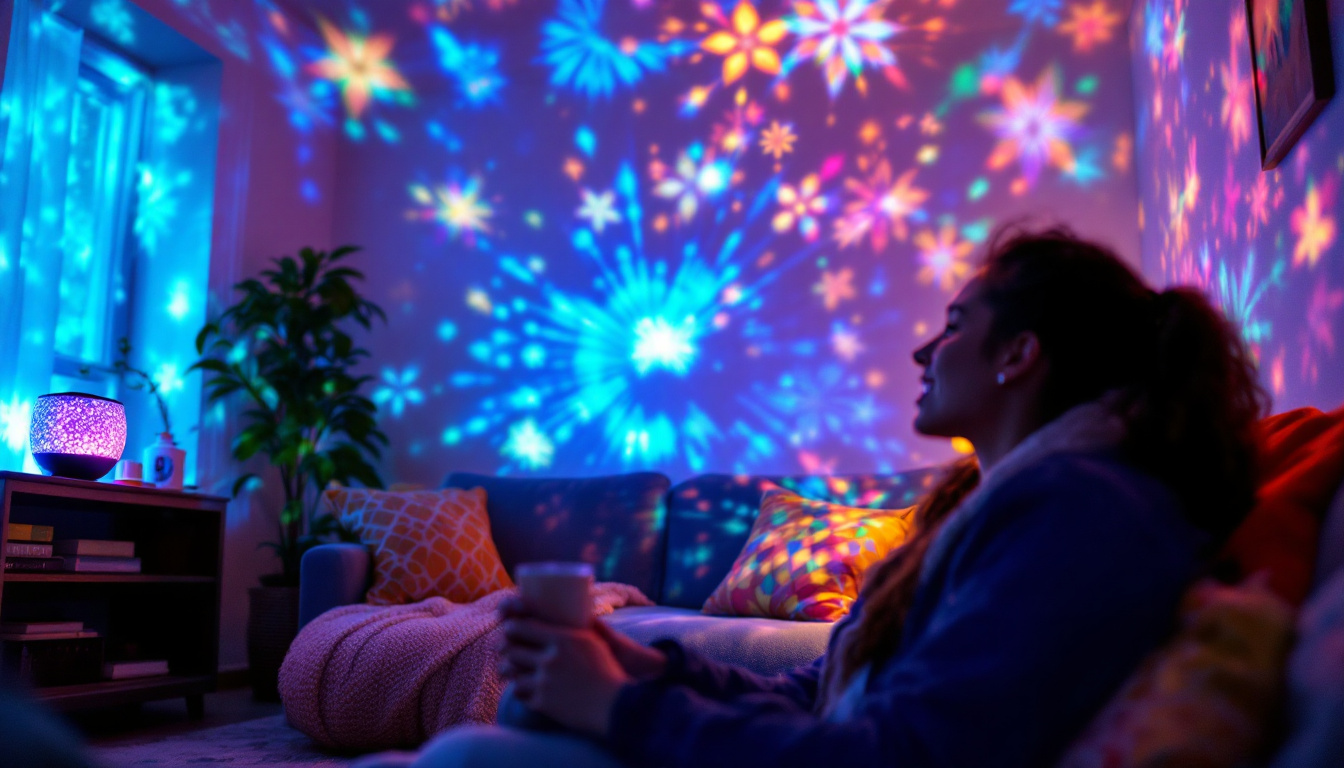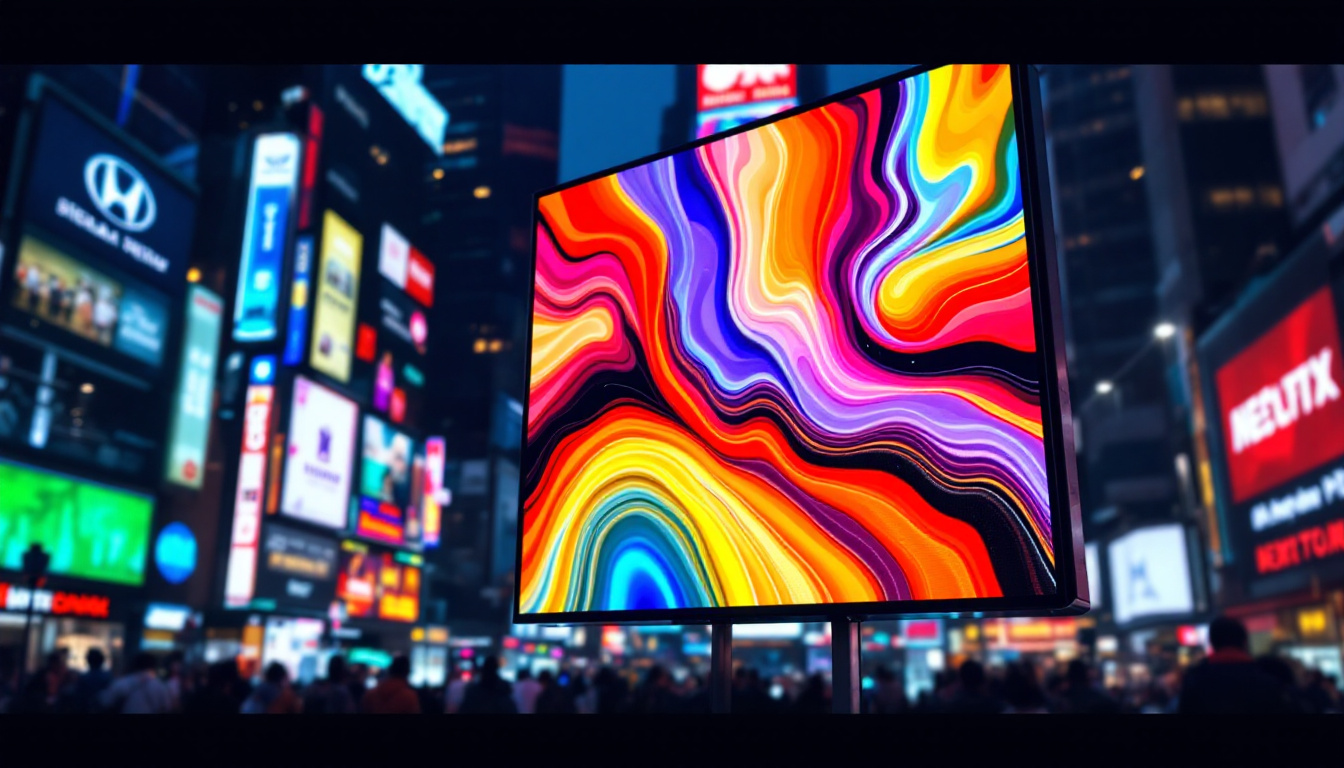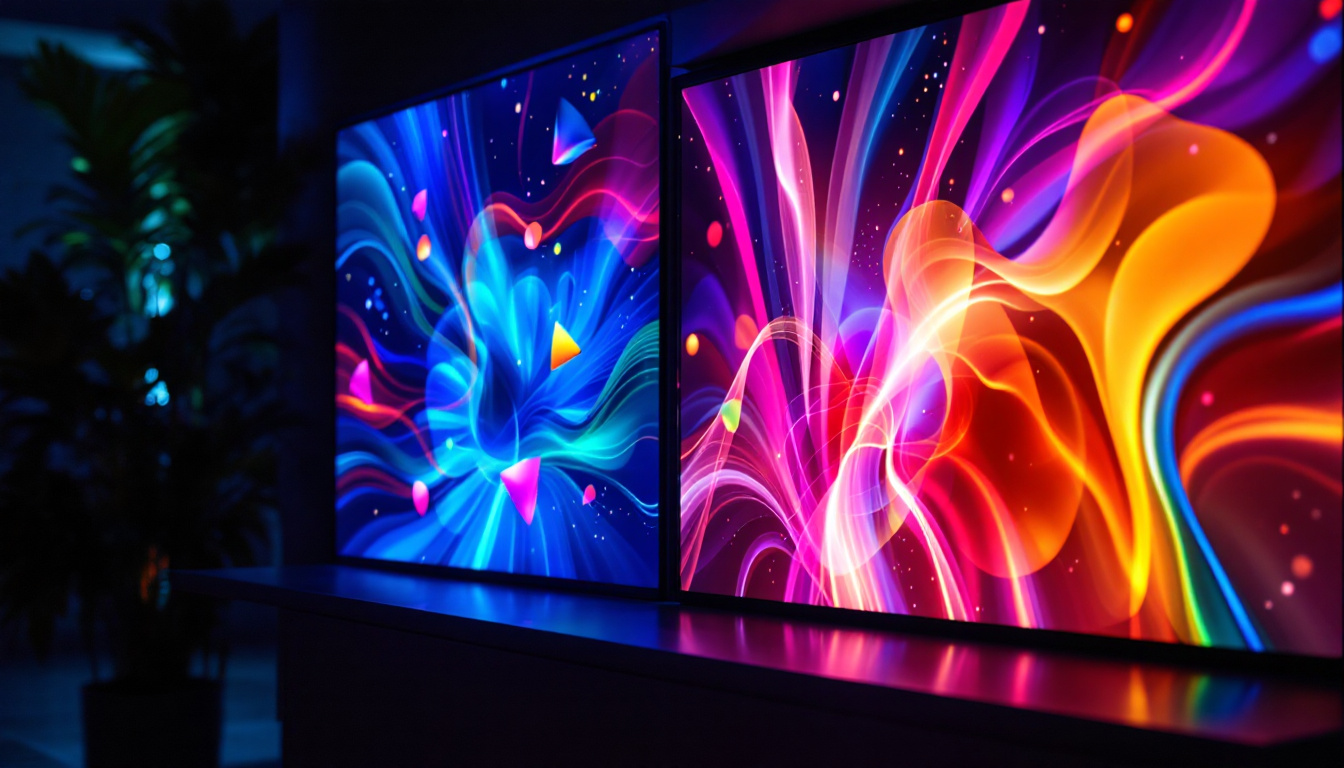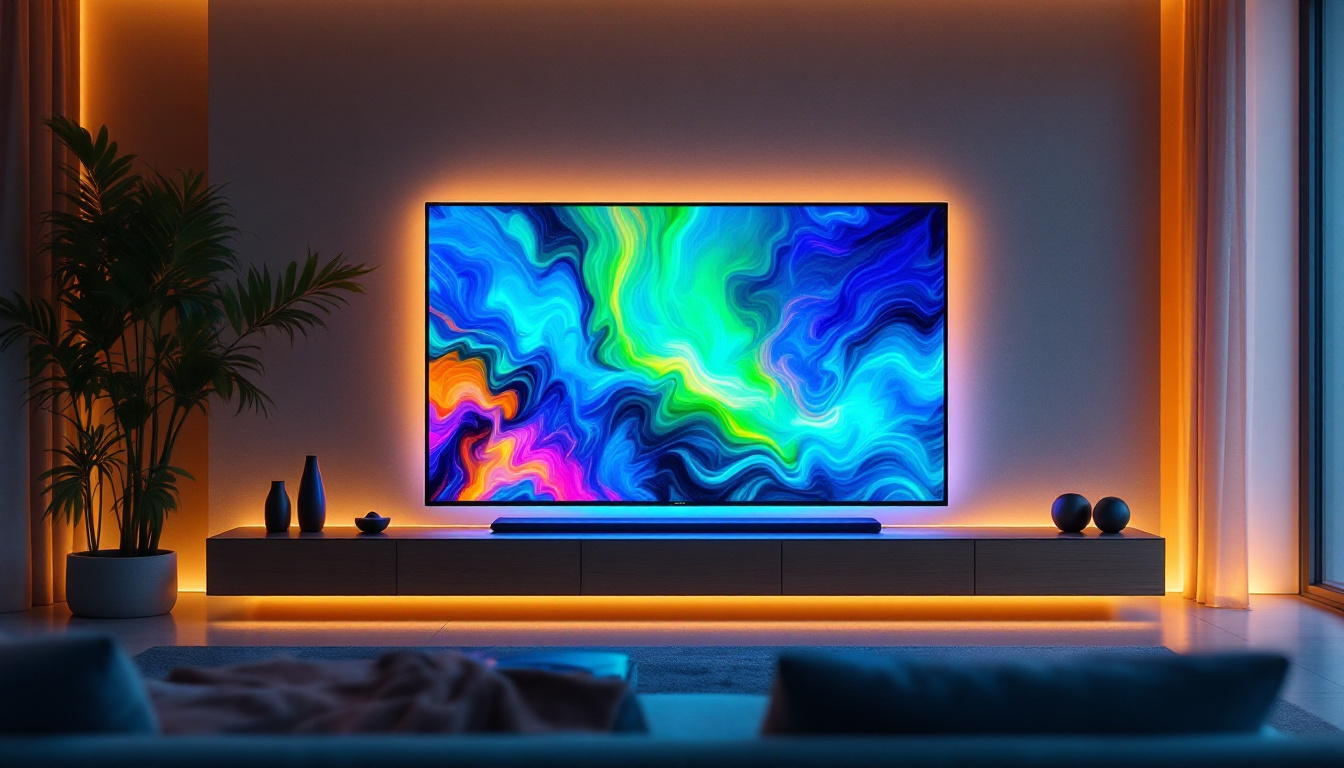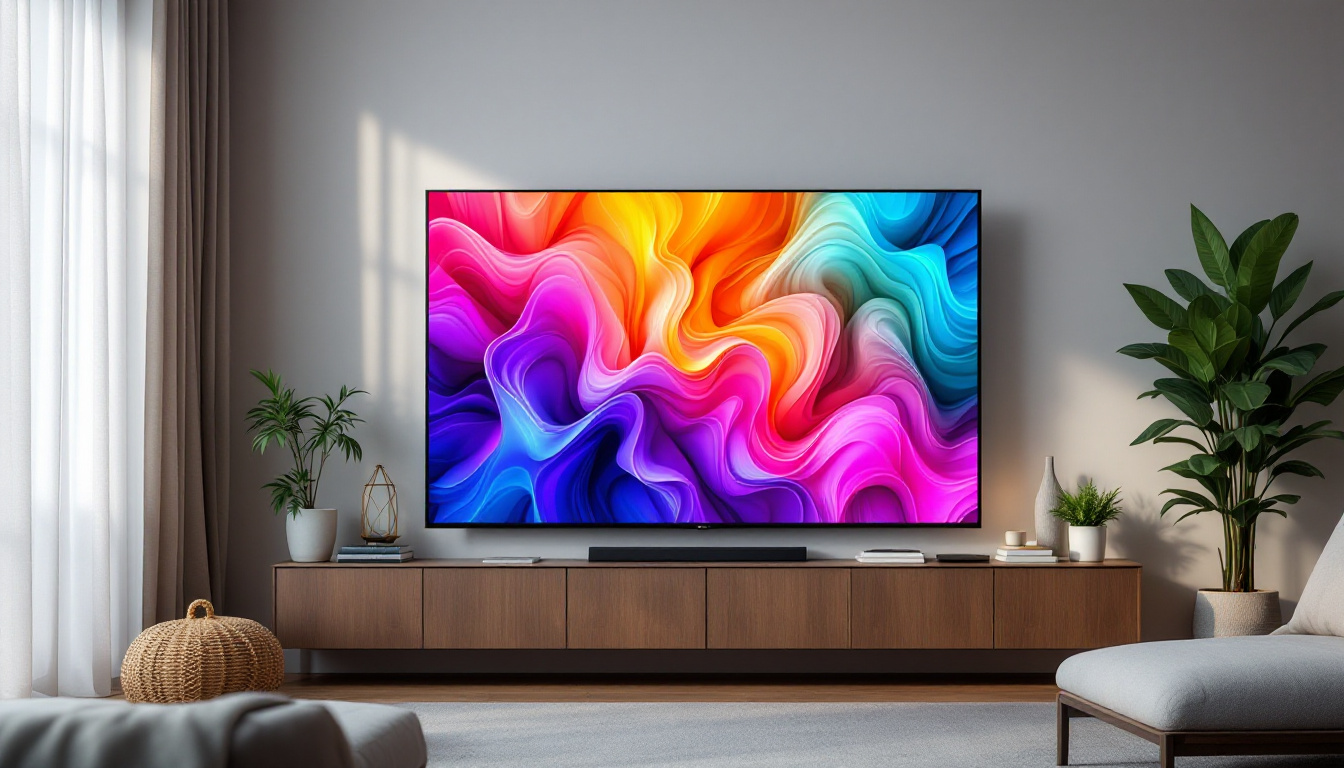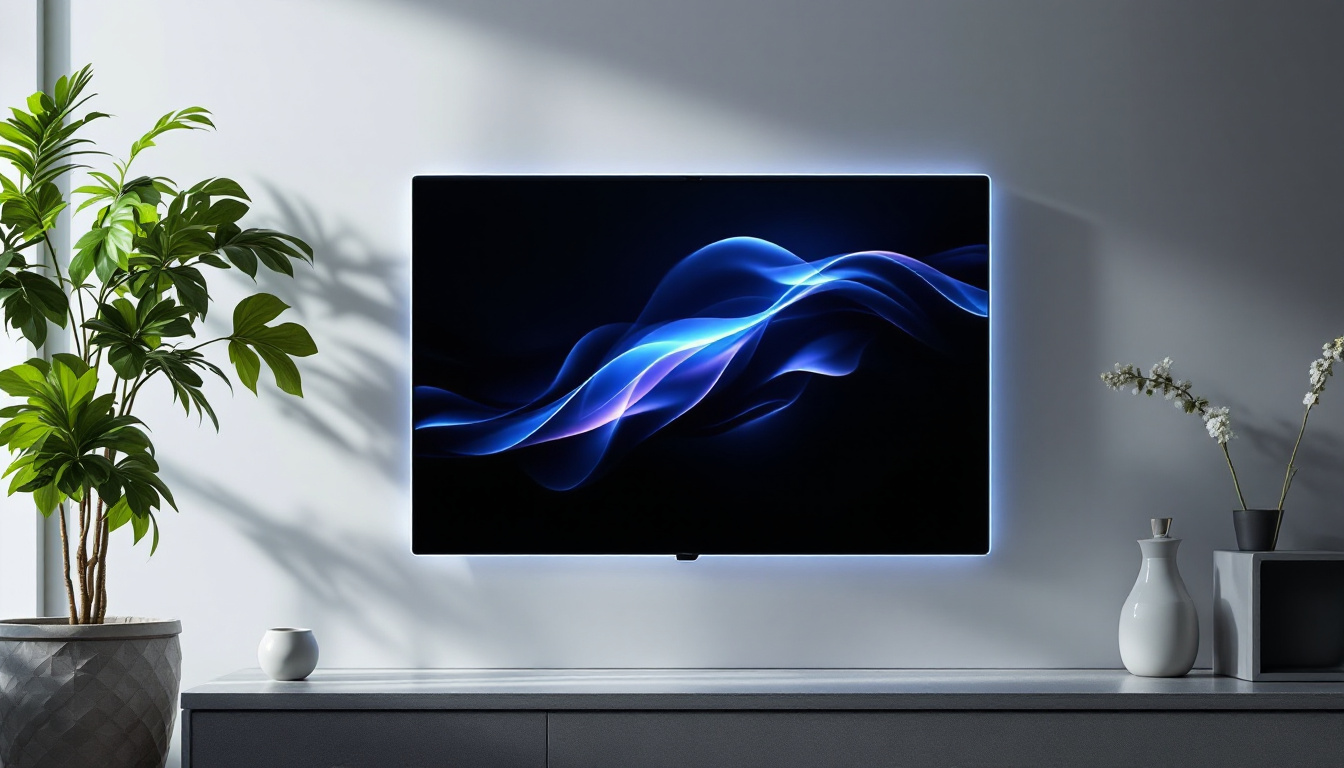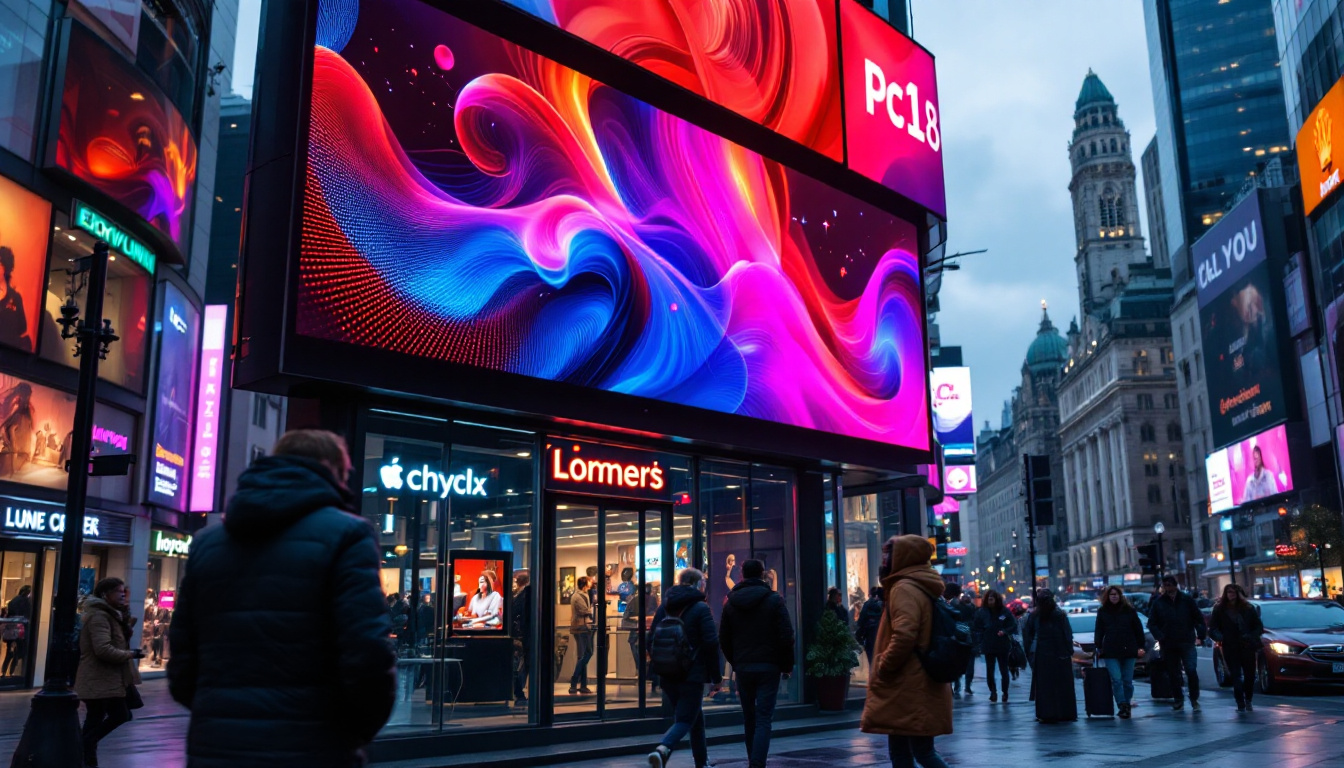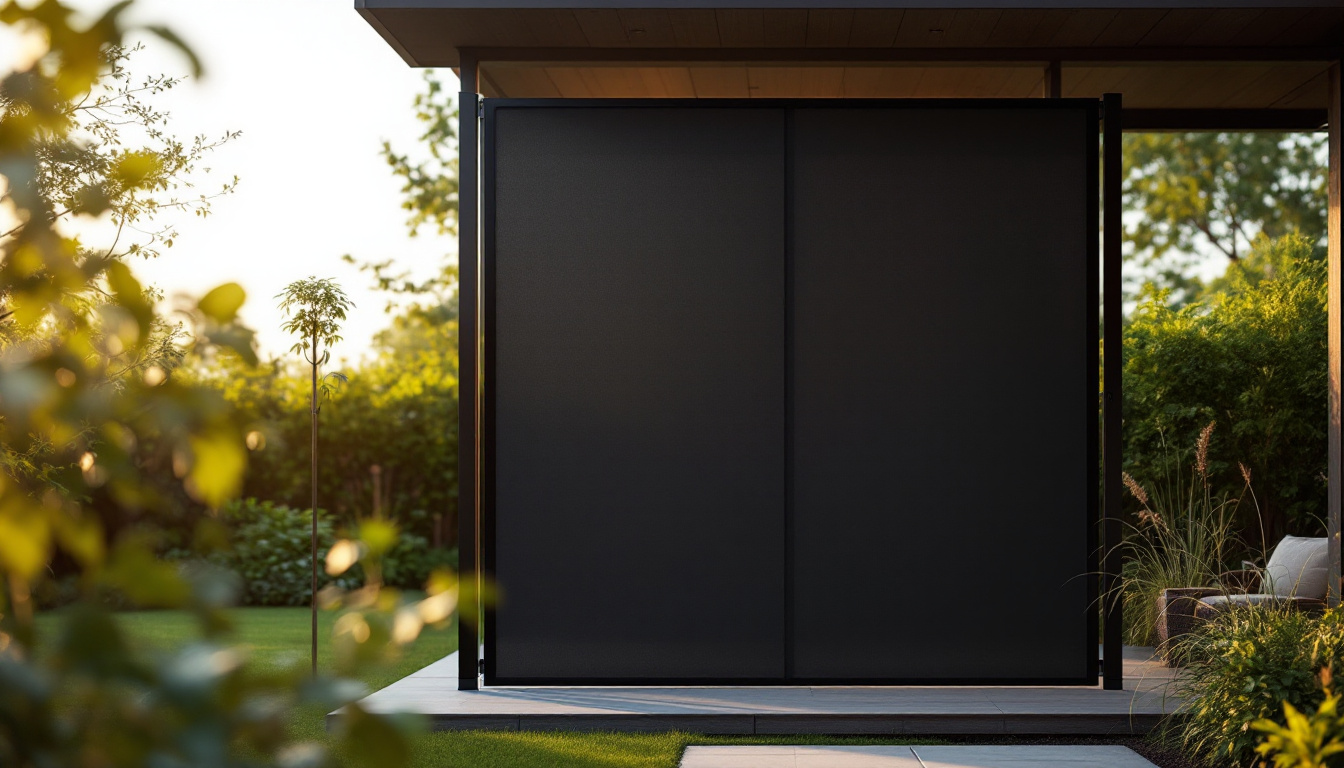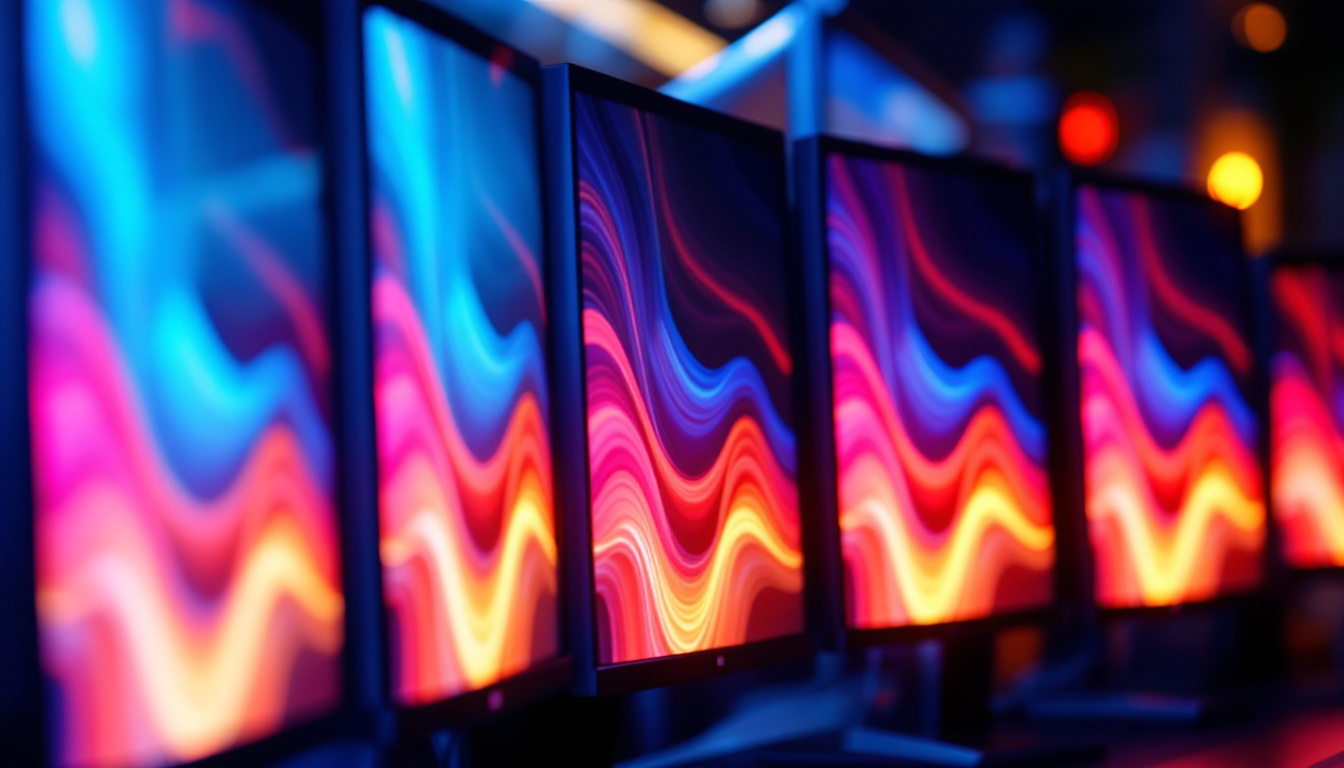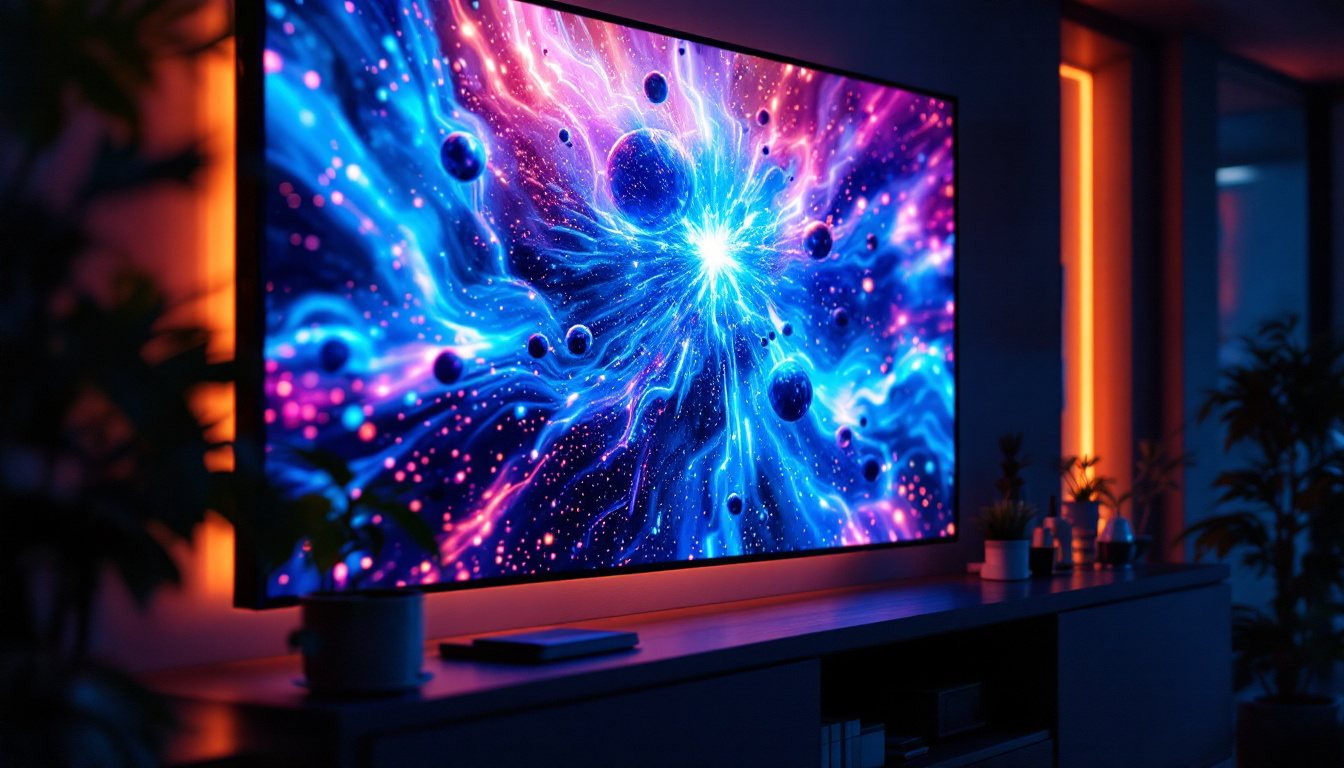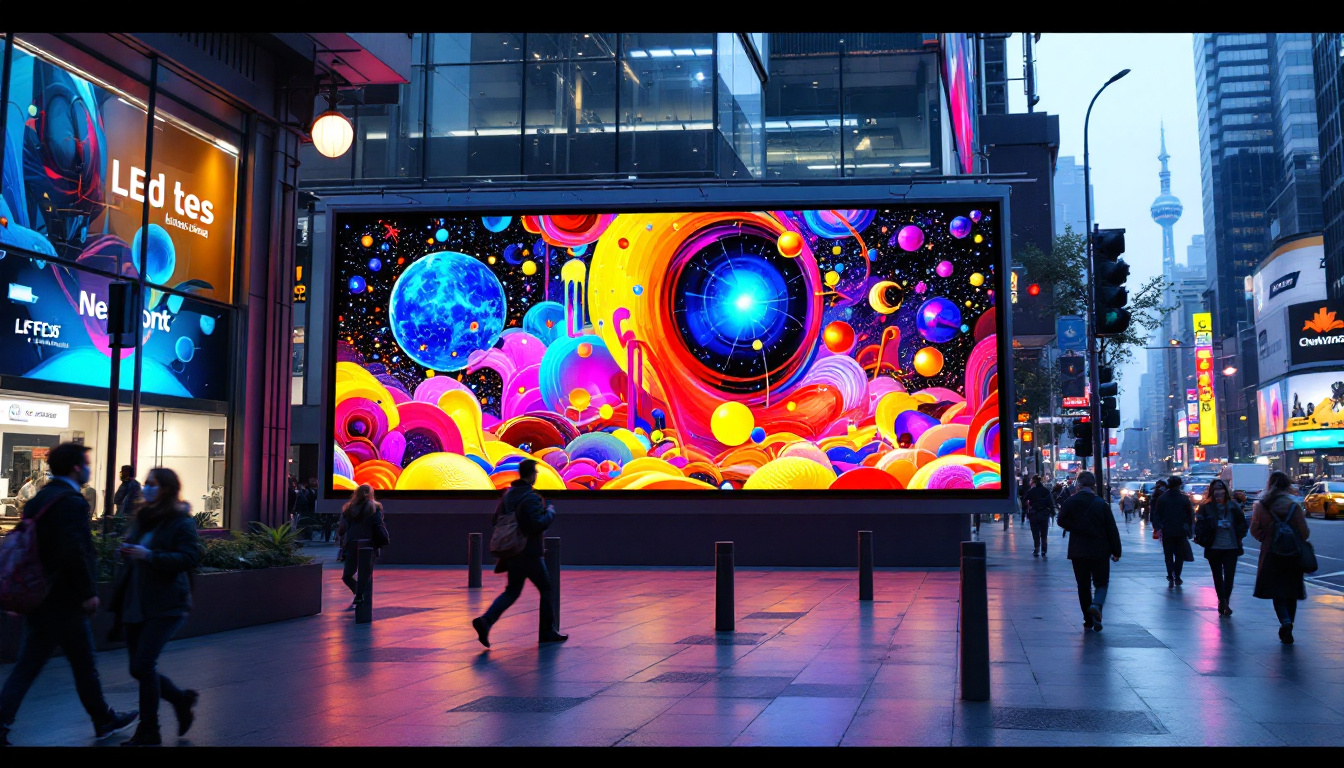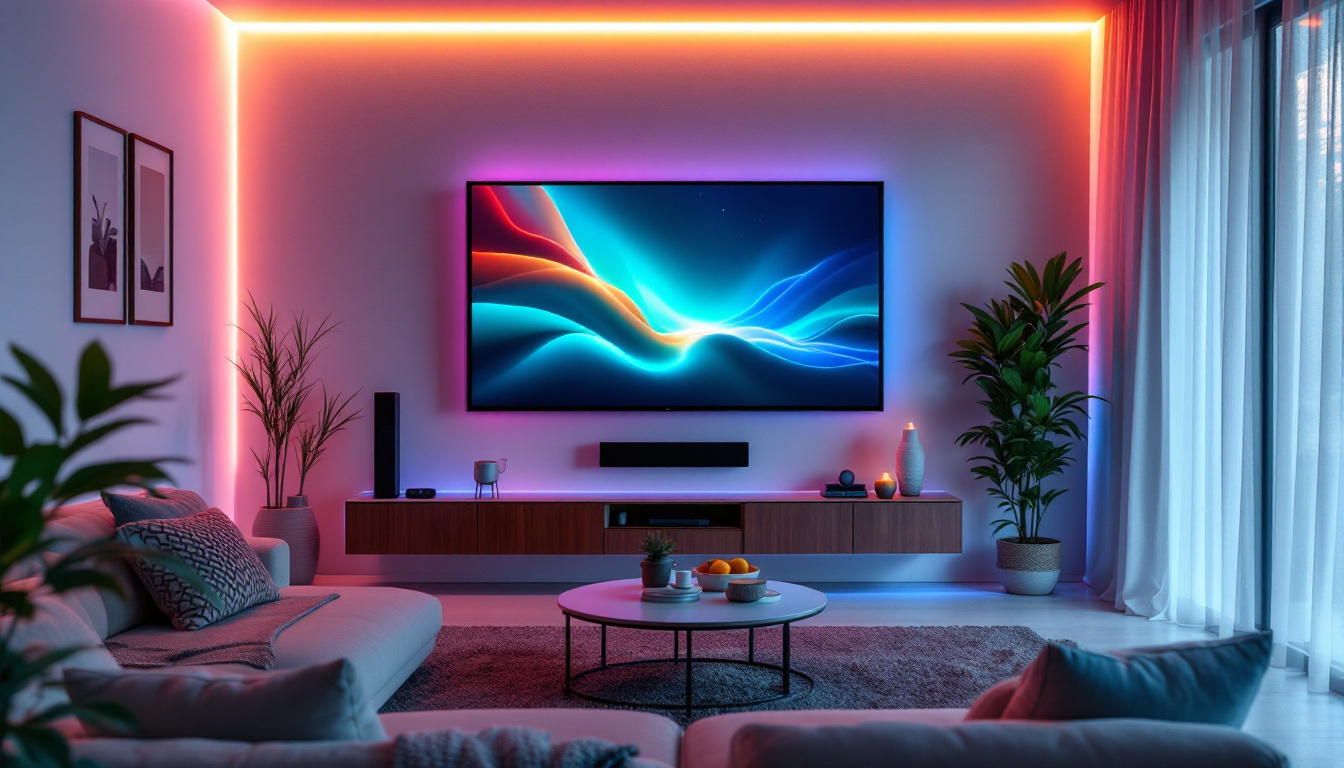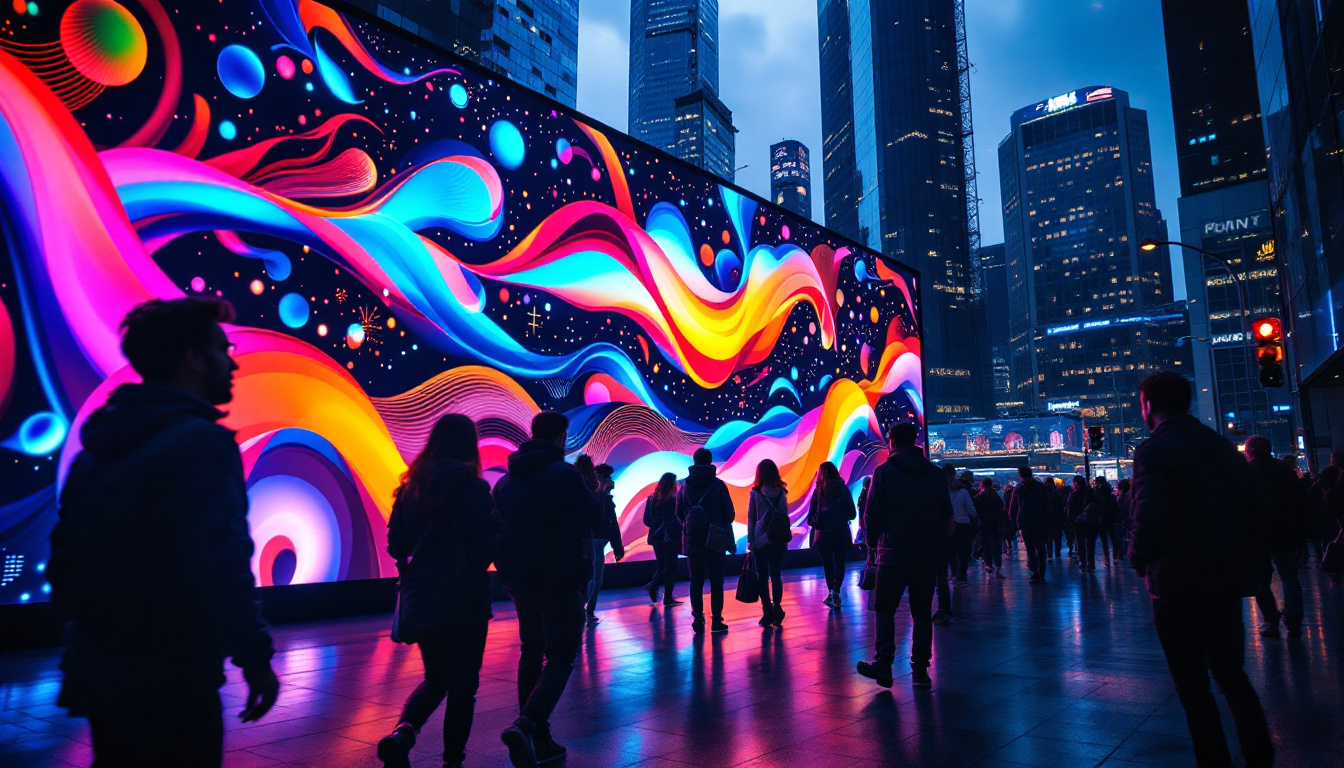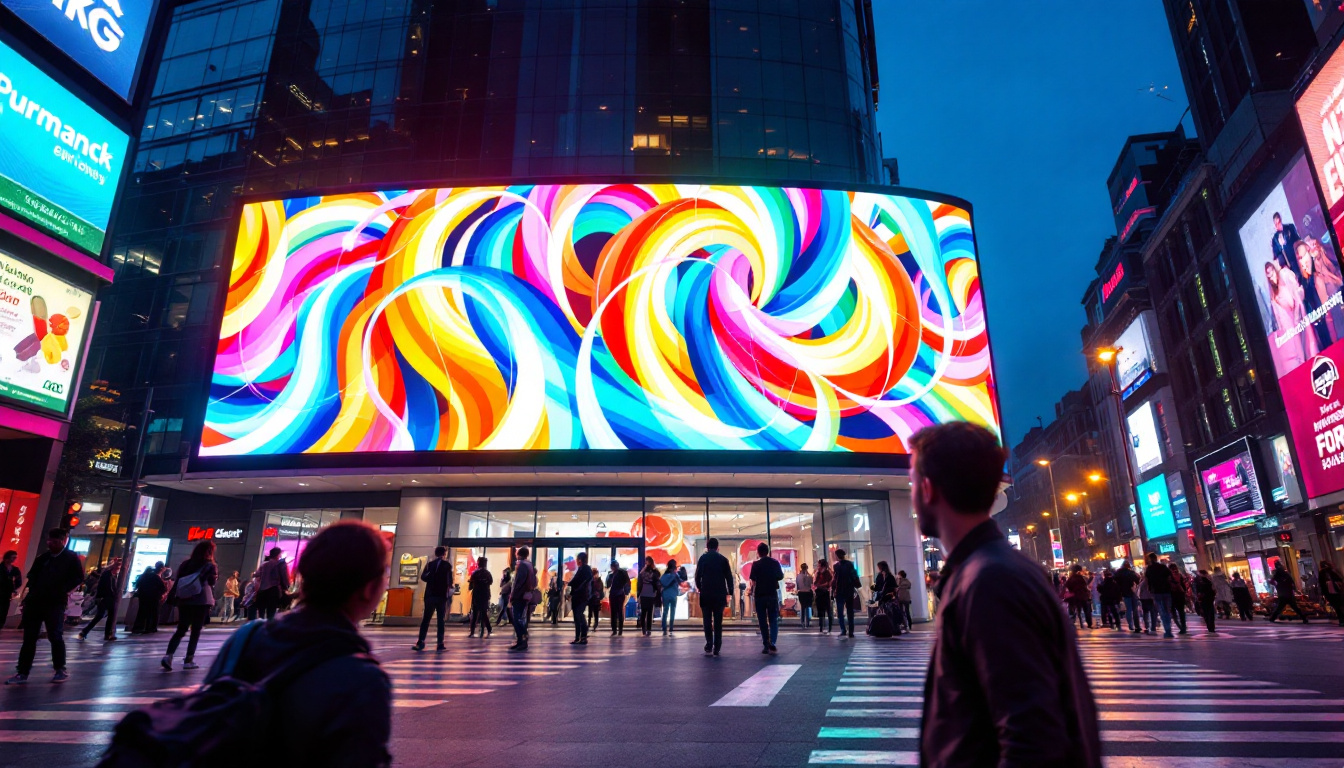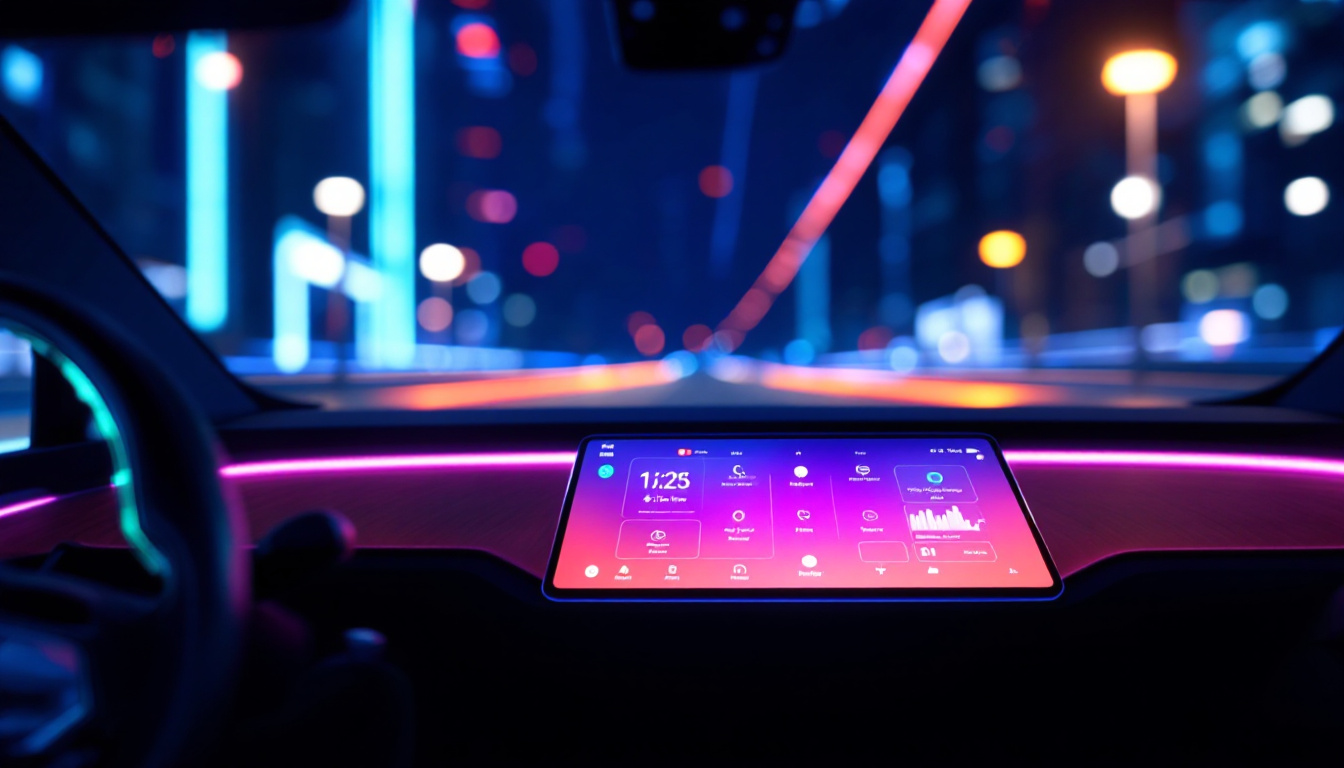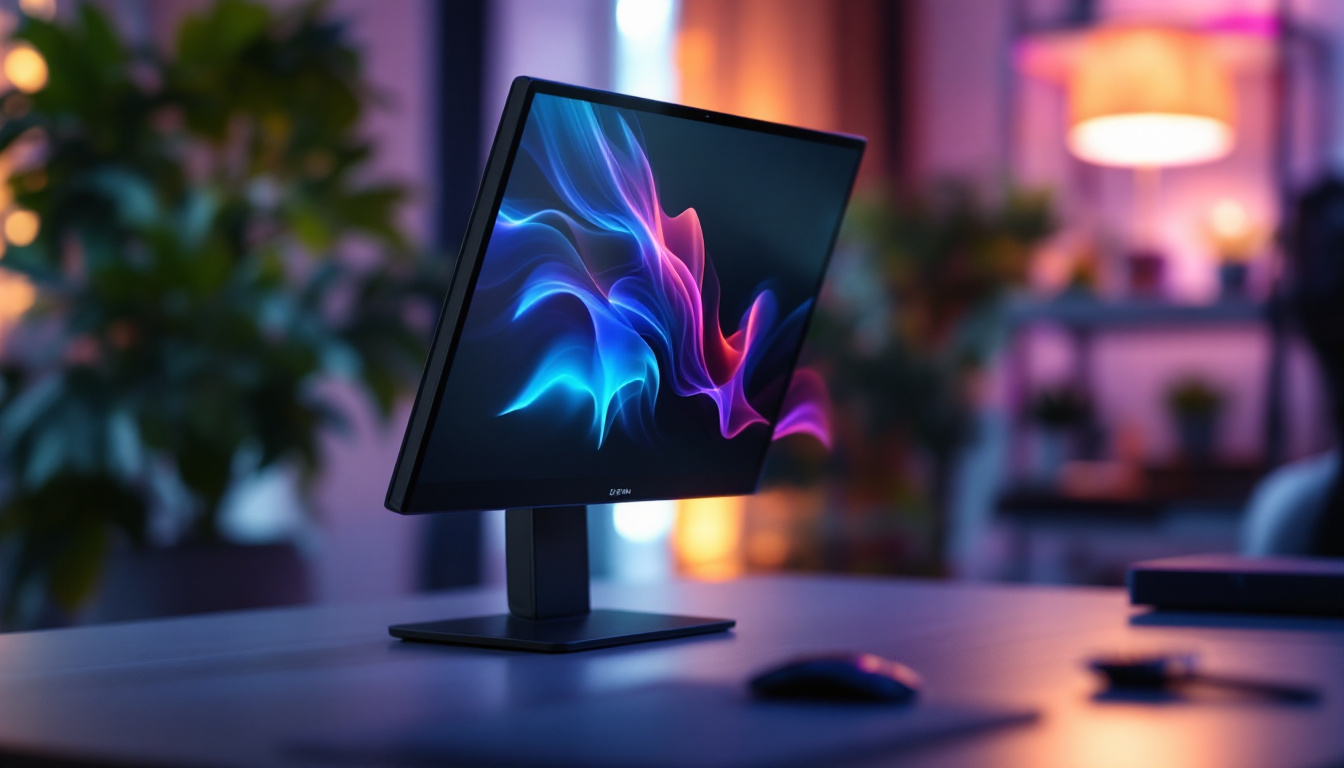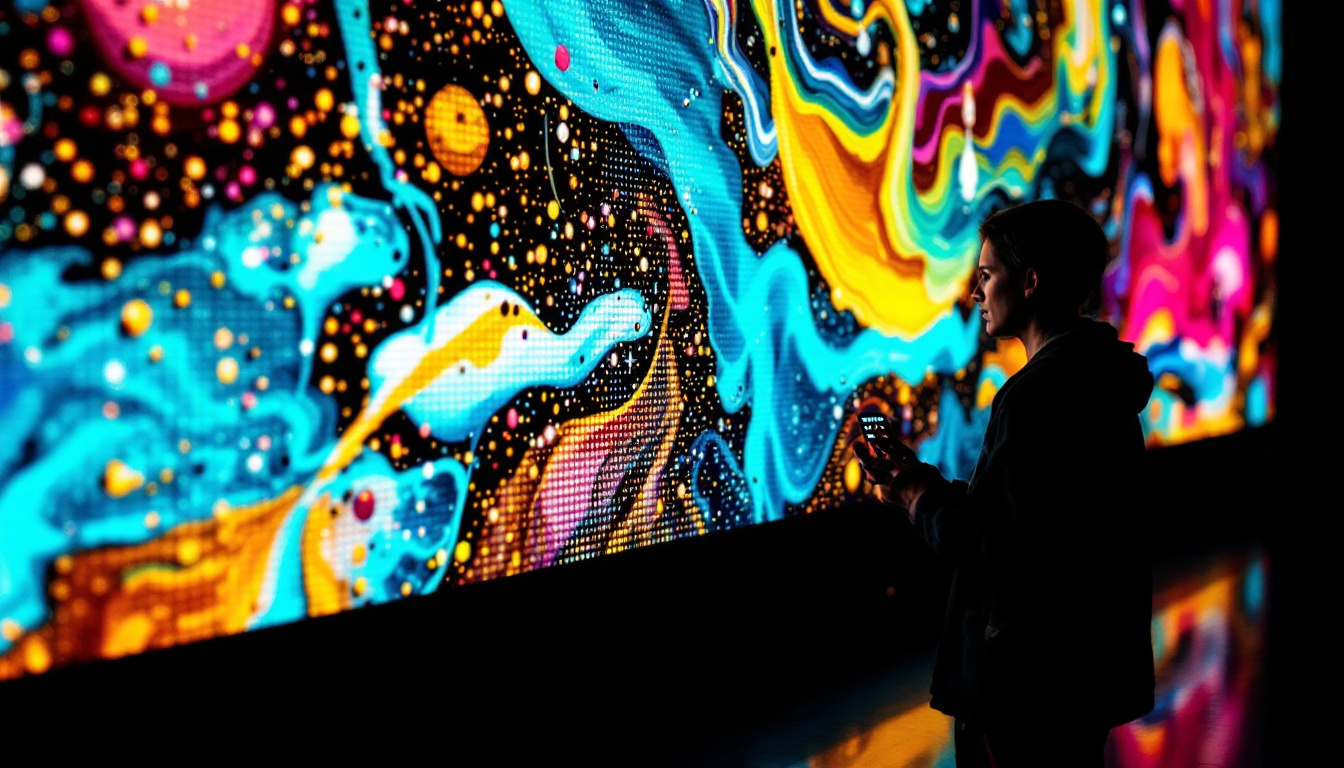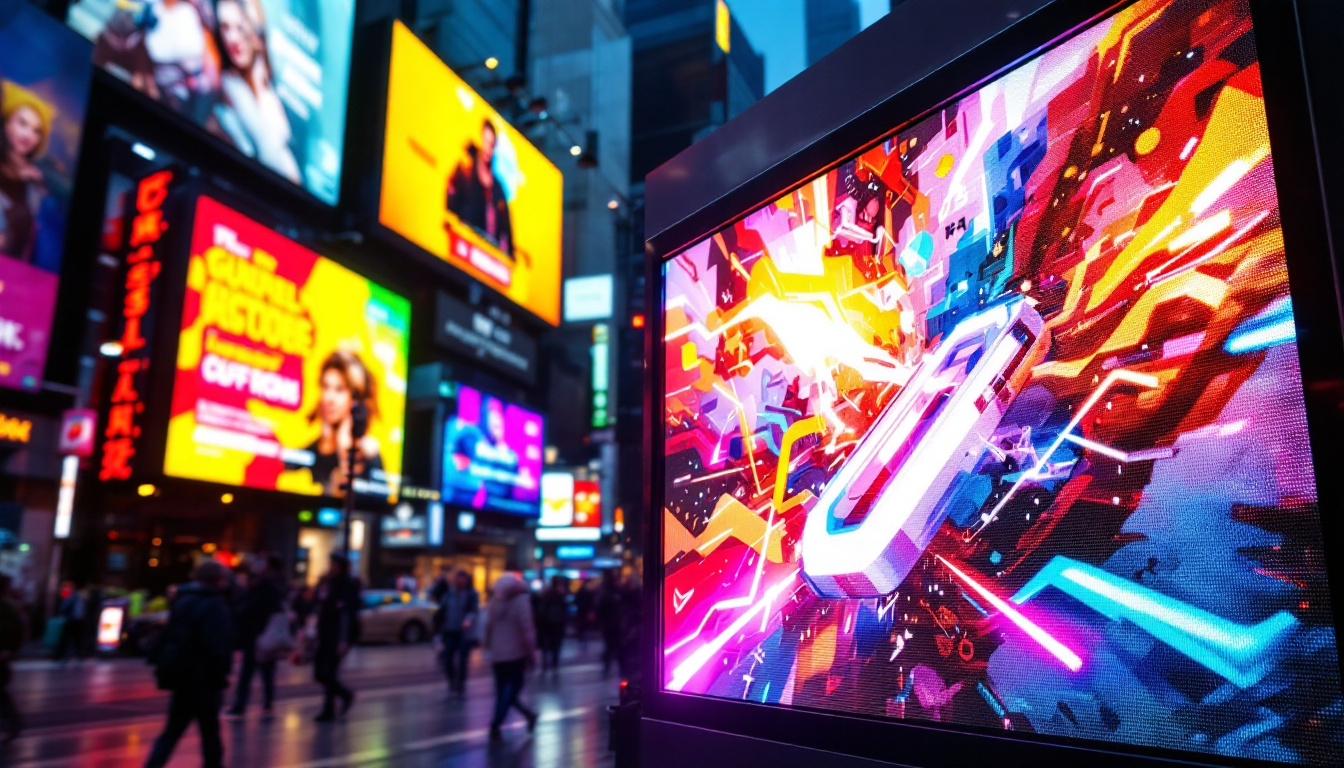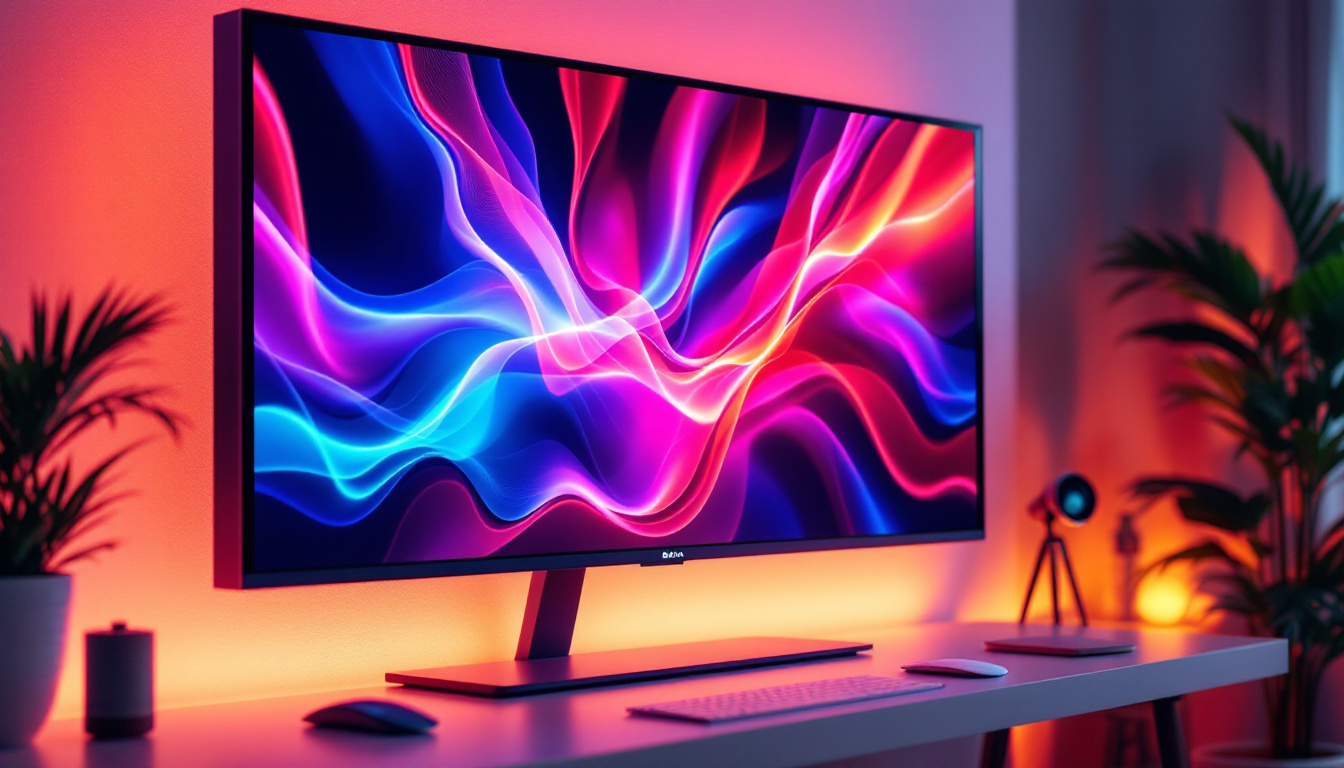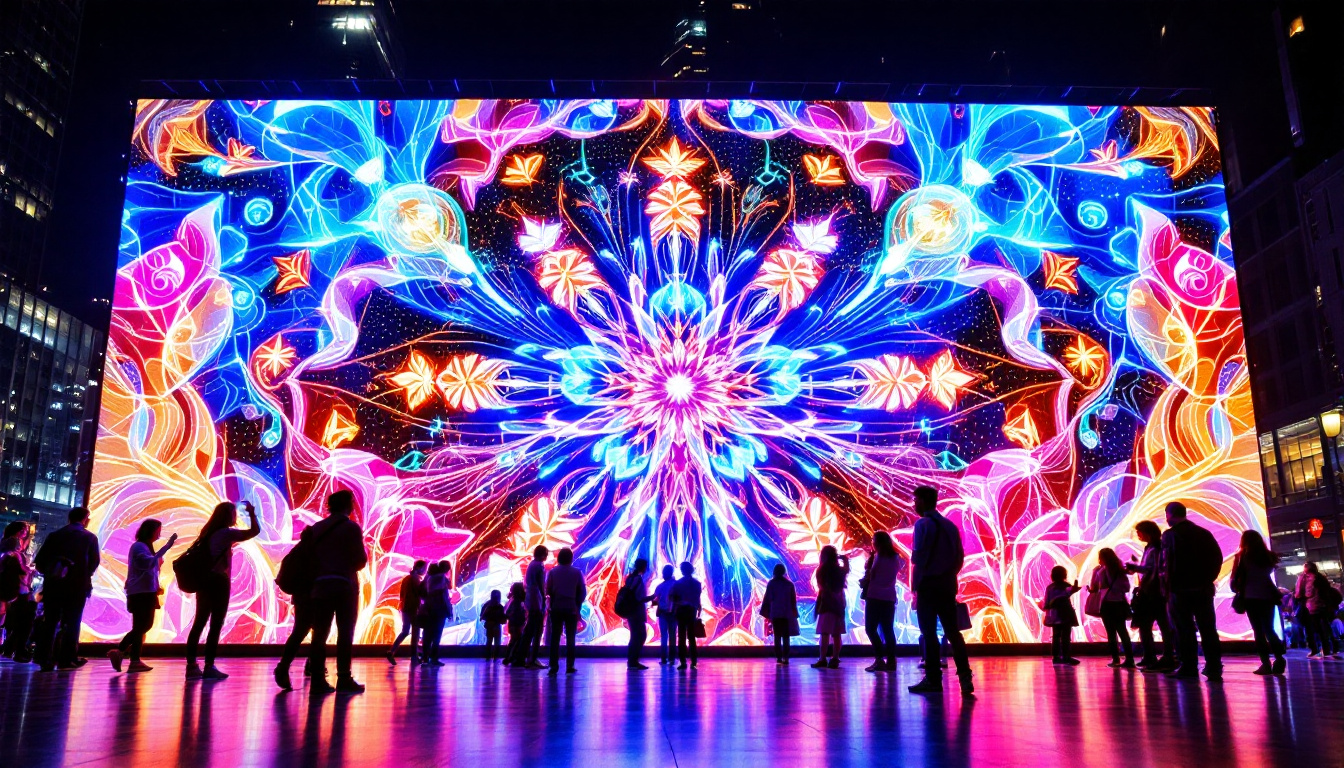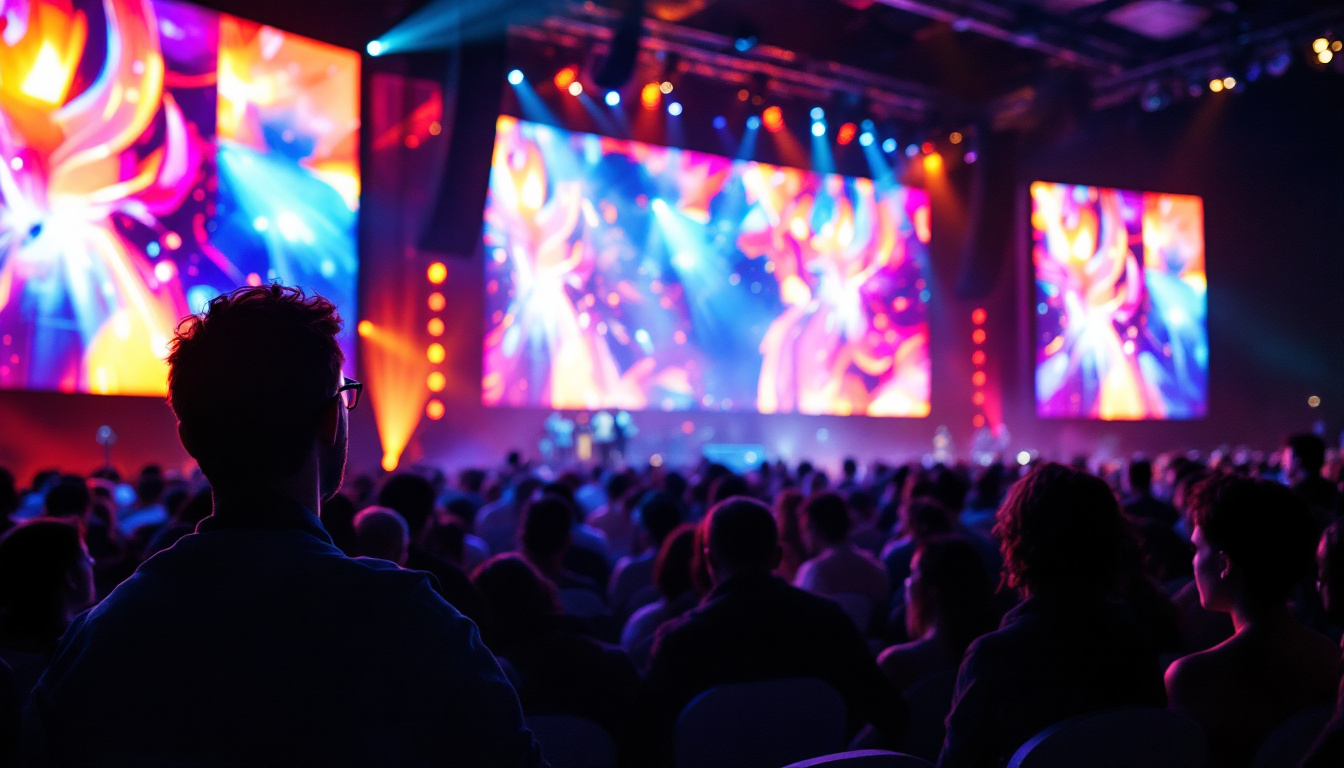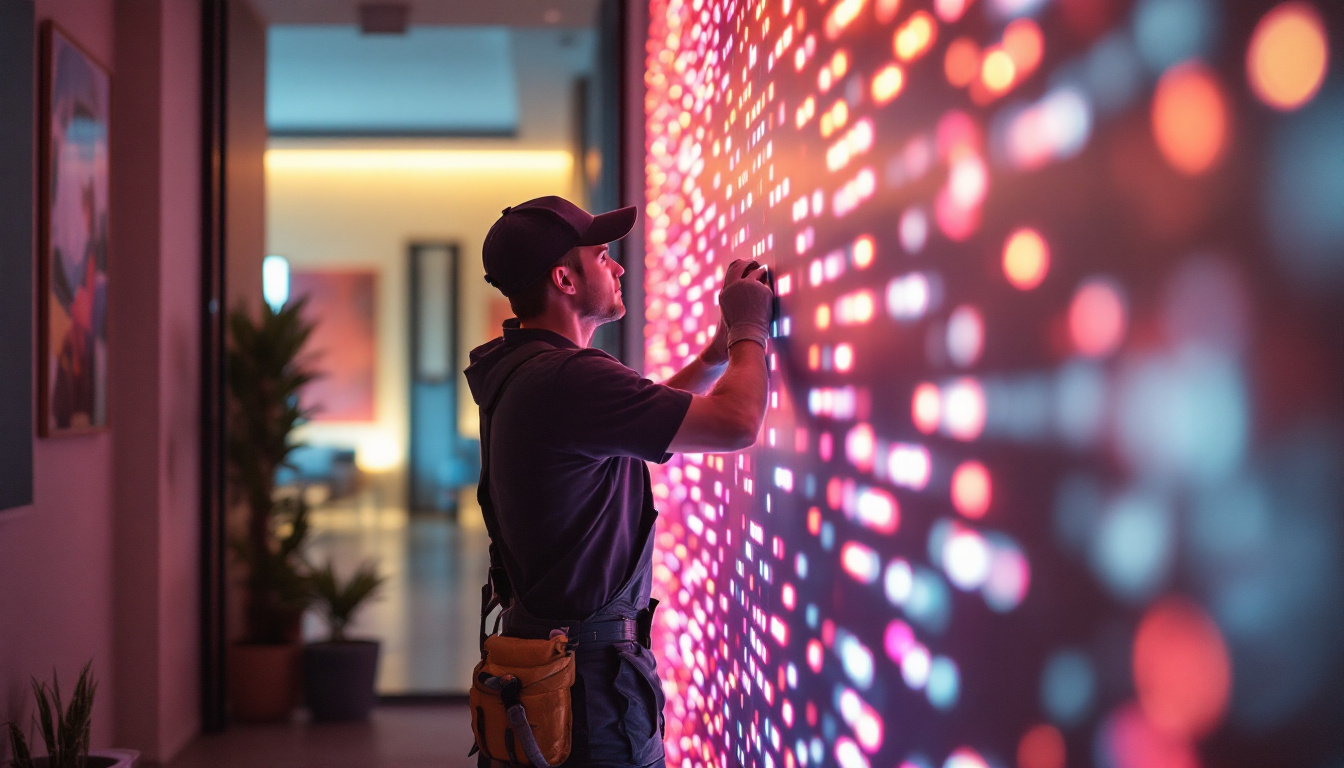In recent years, light projectors have gained immense popularity for indoor use, transforming ordinary spaces into extraordinary environments. Among the various types of projectors available, LED displays stand out for their versatility, brightness, and energy efficiency. This article delves into the intricacies of LED light projectors, exploring their functionalities, advantages, and applications.
Understanding LED Projectors
LED projectors utilize light-emitting diodes (LEDs) as their primary light source, offering a range of benefits over traditional lamp-based projectors. The technology behind LED projectors has evolved significantly, making them a preferred choice for both personal and professional settings.
How LED Projectors Work
The core mechanism of an LED projector involves the use of LEDs to produce light. Unlike conventional projectors that rely on halogen or mercury lamps, LED projectors employ a combination of red, green, and blue LEDs to create a full spectrum of colors. This method not only enhances color accuracy but also ensures a longer lifespan for the projector.
When an image is projected, the LED light passes through a series of optical components, including lenses and filters, which help to focus and manipulate the light. This results in a clear and vibrant display that can be used for various applications, from home entertainment to business presentations. The ability to produce bright images even in ambient light conditions is another significant advantage of LED projectors, making them ideal for outdoor movie nights or conference rooms with less-than-ideal lighting.
Key Features of LED Projectors
LED projectors come equipped with several features that enhance their usability and performance. One of the most notable features is their compact size and lightweight design, making them easy to transport and set up in different locations. Additionally, many LED projectors offer high resolution options, allowing for sharp and detailed images.
Another significant advantage is their energy efficiency. LED projectors consume less power compared to traditional projectors, resulting in lower electricity bills and a reduced environmental footprint. Furthermore, they require minimal maintenance, as there are no bulbs to replace. This longevity not only saves users money in the long run but also contributes to a more sustainable approach to technology. Many models now come with built-in smart features, such as wireless connectivity and compatibility with streaming services, allowing users to easily project content from their devices without the hassle of cables. This added convenience makes LED projectors an increasingly popular choice for both casual users and professionals alike, as they adapt seamlessly to various environments and needs.
The Advantages of LED Projectors
Choosing an LED projector comes with a multitude of benefits that cater to various user needs. From home theaters to professional settings, understanding these advantages can help in making an informed decision.
Energy Efficiency
One of the standout features of LED projectors is their energy efficiency. They consume significantly less power than traditional projectors, which translates to lower operational costs. This is particularly beneficial for businesses that rely on projectors for presentations and meetings, as the savings can accumulate over time.
Moreover, the long lifespan of LED bulbs—often exceeding 20,000 hours—means that users will spend less on replacements and maintenance. This longevity contributes to the overall cost-effectiveness of LED projectors.
High-Quality Image Output
LED projectors are known for their superior image quality. The use of LEDs allows for a broader color gamut and higher contrast ratios, resulting in vibrant and lifelike images. This makes them ideal for applications that require detailed visuals, such as graphic design, photography, and video editing.
Additionally, LED projectors perform exceptionally well in low-light conditions, making them suitable for indoor environments where ambient light may interfere with the projection quality. Users can enjoy crisp and clear images without the need for complete darkness.
Portability and Flexibility
Another significant advantage of LED projectors is their portability. Many models are designed to be lightweight and compact, making them easy to transport. This feature is particularly appealing for users who need to move their projectors between locations, such as educators, business professionals, or event planners.
Furthermore, LED projectors often come with various connectivity options, including HDMI, USB, and wireless capabilities. This flexibility allows users to connect their devices seamlessly, whether it’s a laptop, smartphone, or tablet, enhancing the overall user experience.
Applications of LED Projectors
LED projectors find applications in a wide range of settings, making them versatile tools for both personal and professional use. Understanding these applications can help users maximize the potential of their projectors.
Home Entertainment
For home entertainment enthusiasts, LED projectors offer an immersive viewing experience. They can transform any room into a mini-theater, providing a large screen for movies, gaming, and sports events. With the ability to project high-definition content, users can enjoy cinema-quality visuals from the comfort of their homes.
Additionally, many LED projectors support streaming services, allowing users to access their favorite shows and movies directly. This convenience, combined with the projector’s portability, makes it easy to set up movie nights or gaming sessions in different rooms or even outdoors.
Business Presentations
In the corporate world, LED projectors are invaluable tools for presentations and meetings. Their bright and clear images ensure that all participants can see the content, regardless of the room’s lighting conditions. This is particularly important in larger conference rooms where visibility can be a challenge.
Many LED projectors also come equipped with features such as screen sharing and annotation tools, enhancing collaboration during presentations. This functionality allows presenters to engage their audience more effectively, making meetings more productive.
Education and Training
In educational settings, LED projectors play a crucial role in enhancing the learning experience. Teachers can use projectors to display multimedia content, making lessons more engaging and interactive. This visual approach helps students grasp complex concepts more easily.
Moreover, LED projectors can facilitate remote learning by allowing educators to share their screens with students in different locations. This capability is essential in today’s digital age, where online education has become increasingly prevalent.
Choosing the Right LED Projector
With numerous options available on the market, selecting the right LED projector can be a daunting task. Several factors should be considered to ensure that the chosen projector meets specific needs and preferences.
Brightness and Resolution
When evaluating LED projectors, brightness is a critical factor. Measured in lumens, the brightness level determines how well the projector performs in various lighting conditions. For home theaters, a projector with at least 2,000 lumens is recommended, while business settings may require even higher brightness levels to combat ambient light.
Resolution is another key consideration. Higher resolution projectors, such as those supporting Full HD (1920×1080) or 4K (3840×2160), provide sharper images and are ideal for detailed presentations and high-definition media. Users should assess their content needs to choose an appropriate resolution.
Connectivity Options
Connectivity is essential for seamless integration with various devices. Most modern LED projectors offer multiple connectivity options, including HDMI, USB, and wireless capabilities. Users should ensure that the projector they choose can easily connect to their laptops, tablets, or smartphones.
Additionally, some projectors come with built-in streaming capabilities, allowing users to access content directly from the internet without needing additional devices. This feature can enhance convenience and streamline the setup process.
Portability and Design
For users who plan to move their projectors frequently, portability is a crucial factor. Lightweight and compact designs make it easier to transport projectors between locations. Users should also consider the projector’s design and aesthetics, especially if it will be used in professional settings.
Some projectors come with carrying cases or built-in handles, further enhancing their portability. Evaluating these features can help users find a projector that fits their lifestyle and usage scenarios.
Maintenance and Care for LED Projectors
Proper maintenance is essential to ensure the longevity and performance of LED projectors. While they require less maintenance than traditional projectors, there are still some best practices to follow.
Regular Cleaning
Dust and debris can accumulate on the projector’s lens and vents, affecting image quality and overheating the device. Regular cleaning is necessary to maintain optimal performance. Users should gently wipe the lens with a microfiber cloth and ensure that the vents are free from obstructions.
It is also advisable to keep the projector in a clean environment and cover it when not in use to minimize dust accumulation. Following these simple cleaning practices can significantly extend the projector’s lifespan.
Firmware Updates
Many LED projectors come with firmware that can be updated to enhance performance and add new features. Users should periodically check for updates from the manufacturer and install them as needed. Keeping the firmware up to date can improve compatibility with new devices and ensure the projector operates smoothly.
Additionally, users should refer to the manufacturer’s guidelines for any specific maintenance recommendations, as different models may have unique requirements.
Conclusion
LED projectors have revolutionized the way individuals and businesses approach visual displays. With their energy efficiency, high-quality image output, and versatility, they have become essential tools in various applications, from home entertainment to corporate presentations and educational settings.
By understanding the features, advantages, and maintenance requirements of LED projectors, users can make informed decisions that enhance their viewing experiences. Whether for personal enjoyment or professional use, investing in a quality LED projector can significantly elevate the way content is shared and experienced.
As technology continues to advance, LED projectors will likely become even more sophisticated, offering users new and exciting ways to engage with visual content. Embracing this technology can open doors to creativity and innovation, making it an invaluable addition to any indoor space.
Discover LumenMatrix LED Display Solutions
Ready to elevate your visual experience with the latest in LED technology? Look no further than LumenMatrix, where innovation meets excellence. Our diverse range of LED display solutions, from vibrant Indoor LED Walls to dynamic Outdoor LED Displays and beyond, is designed to captivate and engage your audience. Whether you’re enhancing a corporate event, creating an immersive home theater, or revolutionizing your brand’s visibility, LumenMatrix has the cutting-edge solution you need. Check out LumenMatrix LED Display Solutions today and transform your space into a visual masterpiece.

